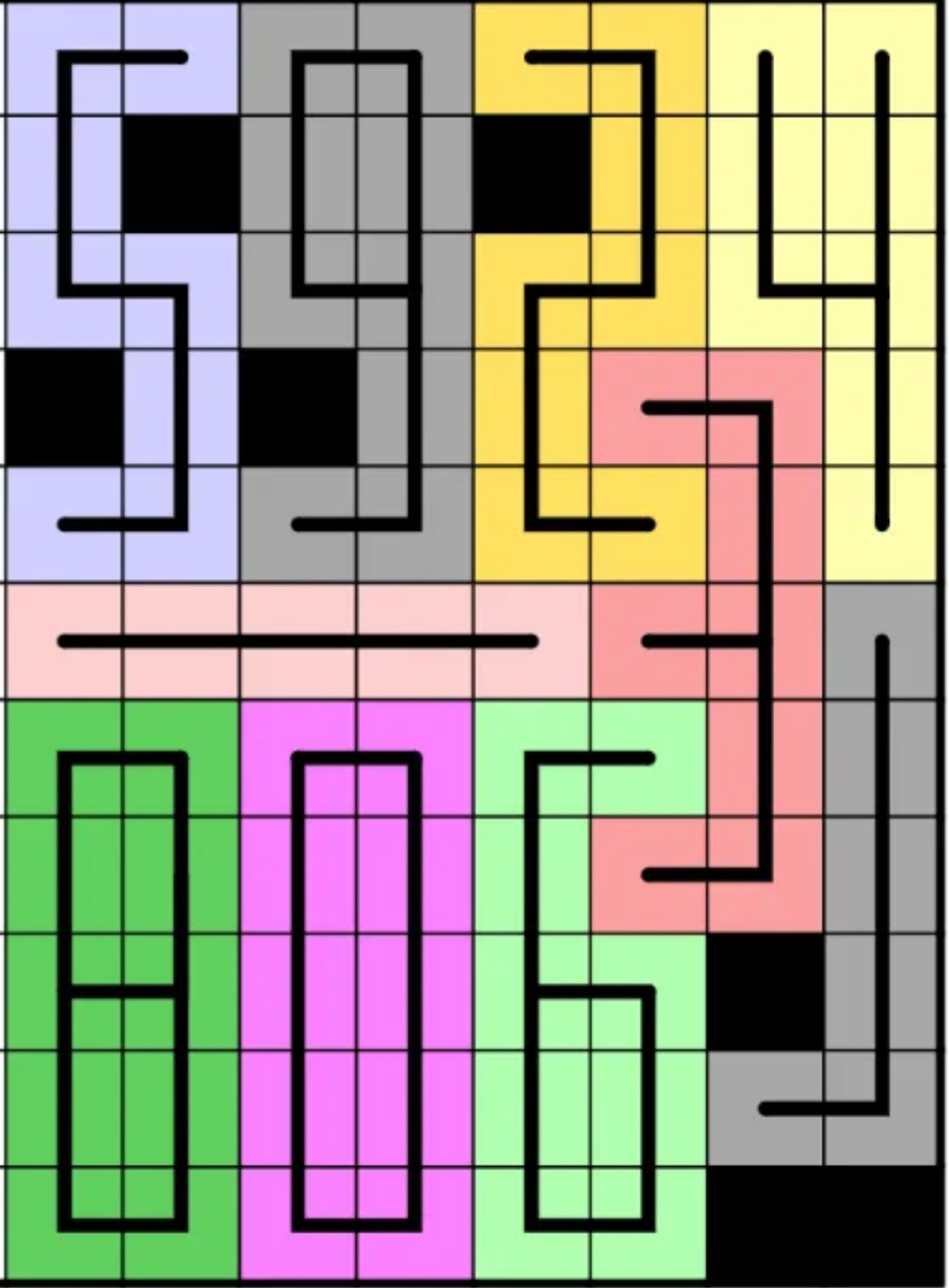If we draw the digits 0 to 9, segmented into squares, across a rectangle of 2x5 (except the 1) they use up 81 total squares.
Is it possible to pack them all into a 9x9 grid.
What is the smallest n by n grid that can pack them all?
Reflection and rotation are allowed.
Update
The above picture is a grid 9x11 and has 18 gaps.
After the answer below in a grid of size 9x10 leaving 9 gaps. I've discovered a solution in a grid of 8x11 with only 7 gaps
Is 8x11 smallest size rectangle with the fewest gaps?



